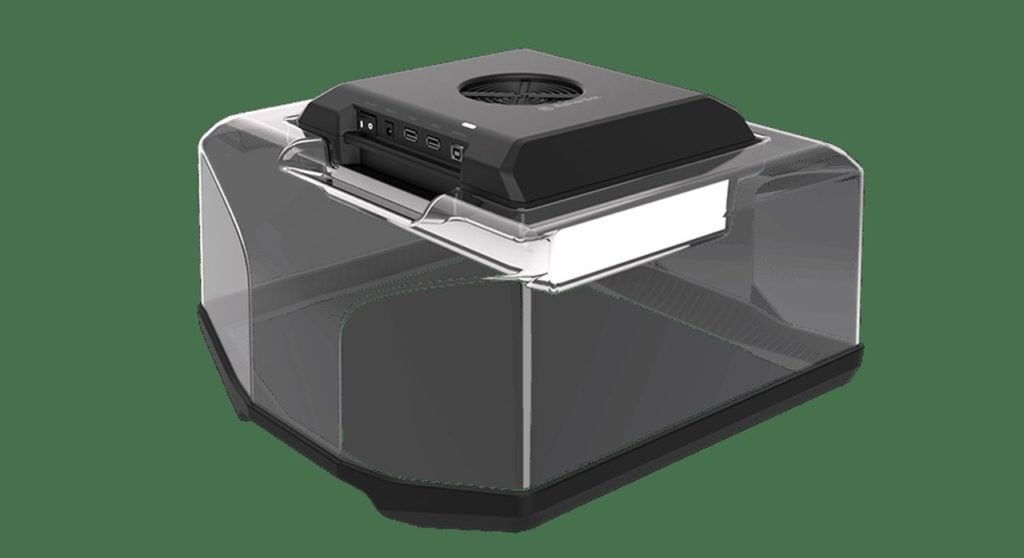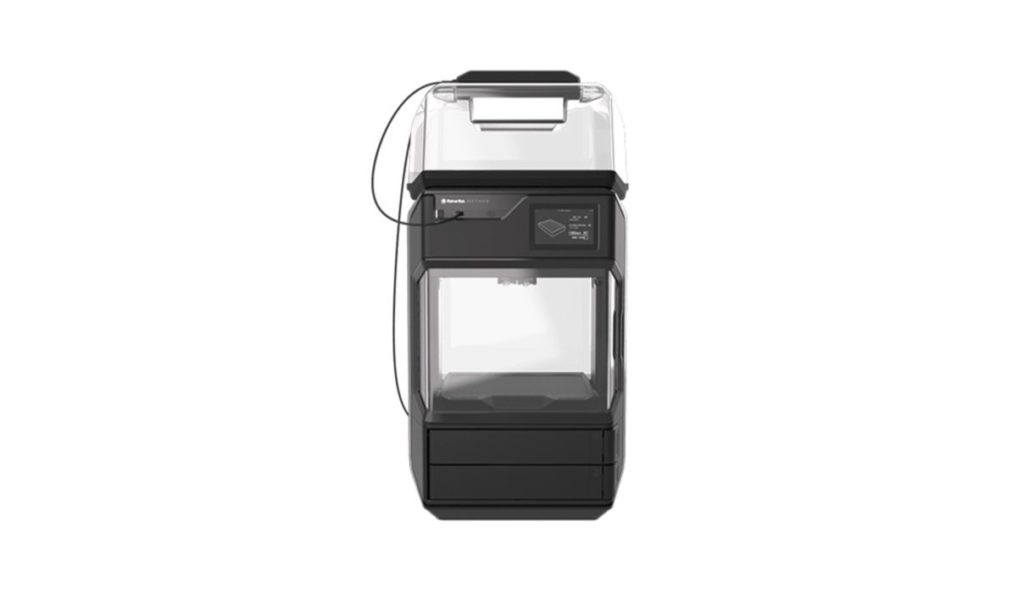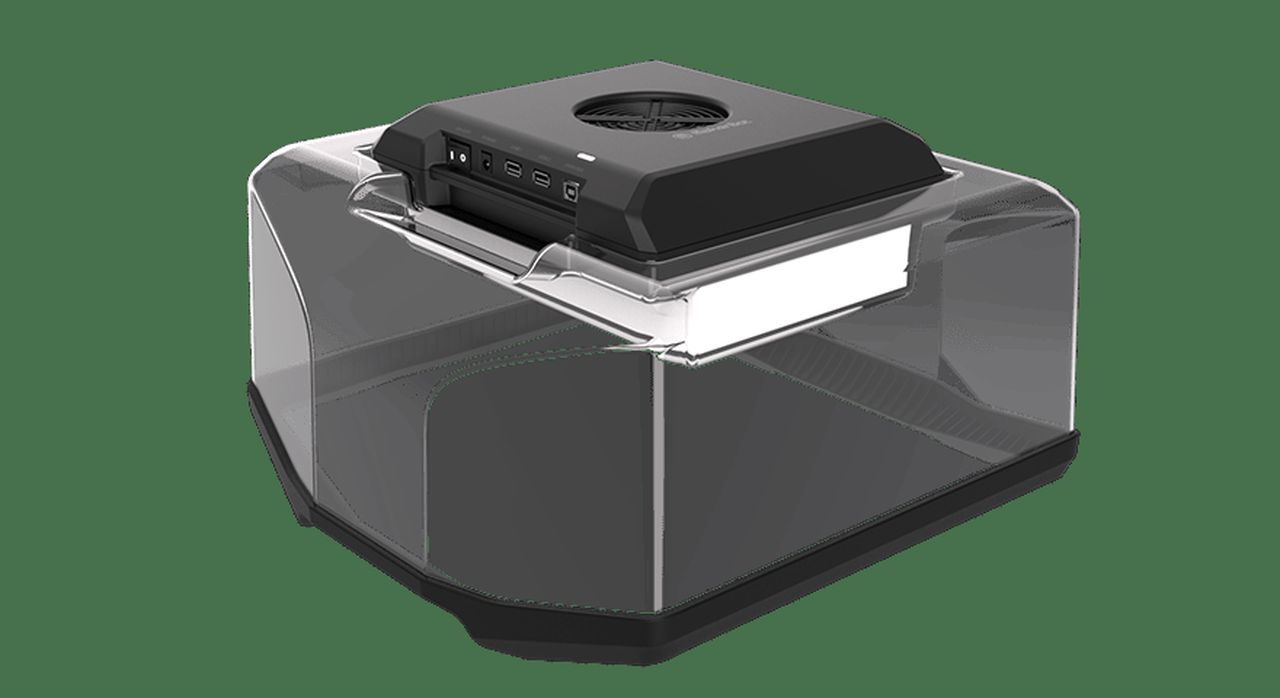
MakerBot announced their new air filtration system has been awarded GREENGUARD certification by UL.
GREENGUARD is a certification level and marking system established by UL. It’s intention is to ensure that products labelled with the GREENGUARD mark do not emit hazardous VOCs, (volatile organic compounds). Typically this certification is used for consumer products, such as carpeting, paints or other products that might emit VOCs, but it can also apply to machines, including 3D printers.
GREENGUARD testing is done by UL in sealed chambers. While static items like mattresses might stay in a test chamber for weeks until their emissions rate stabilizes, electronic devices such as 3D printers would be tested for only a day. That’s sufficient to detect generated emissions from an active 3D printer.
MakerBot’s new air filtration system, the Clean Air System that accompanies their METHOD X 3D printer, has been certified to the GREENGUARD standard. The device sits atop a METHOD X and pulls air from the build chamber, and properly filters it before exhausting into the surrounding air.
This not only reduces odors in the vicinity of the printer, but also ensures the air is safe.
There is a higher level of GREENGUARD certification available, GREENGUARD GOLD, for higher risk areas, such as children’s bedrooms. However, MakerBot’s equipment is rarely if ever used in such locations and thus the GOLD certification was not required.
MakerBot explains the testing procedure:
“The Clean Air System and METHOD X were tested for UFPs and VOCs in a controlled exposure chamber, according to ANSI/CAN/UL 2904.1. Findings from the tests showed that UFPs were reduced up to 100% and total VOCs were reduced up to 64%. Specific chemicals of health concern when printing ABS materials showed significant reduction in emissions with Clean Air. All chemicals of concern also had emission rates and estimated office concentrations below recommended levels.”

MakerBot CEO Nadav Goshen said:
“Our goal with METHOD is to make 3D printing advanced engineering materials more accessible to engineers. Part of the challenge is to make it safer and easier to print these materials in the office, home, and school. Getting GREENGUARD Certification for the MakerBot Clean Air shows that we can reduce emissions of advanced engineering materials well below the maximum levels, a major step towards our ongoing efforts to make 3D printing safer.”
This is an important step for MakerBot as this familiar certification would provide confidence for buyers of their professional 3D printers. During the pandemic many designers and engineers have obtained desktop professional 3D printers to continue their work from home, and that is not an environment you want to pollute. The Clean Air System’s GREENGUARD certification could enable more sales of METHOD X equipment to home-based professionals, who would no doubt be interested in an air filtration solution.
This differentiates MakerBot’s professional offerings from many other 3D printers that have mostly ignored the safety aspects of operating a 3D printer in a home office. Very few machines offer air filtration systems, and even fewer have any type of safety certification.
Safety has long been a concern at Fabbaloo, where we saw early 3D printers produce with absolutely no regard for safety. While some homes have been burned down due to poorly designed and maintained 3D printers, it’s also likely many have been unknowingly absorbing VOCs from their 3D printer emissions over years of operation.
I’m happy to see MakerBot and its owner Stratasys have been increasingly focused on safety aspects of 3D printing, that, with some luck, may become a standard in the industry.
Via MakerBot

